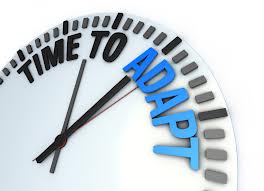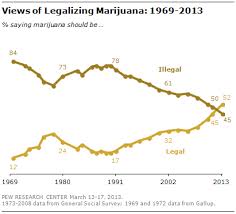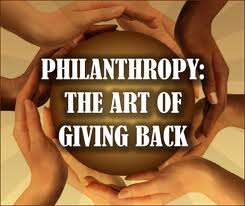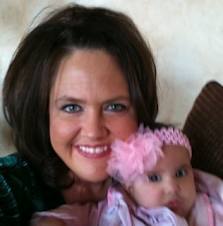 Welcome to O.D. Fridays at DonorDreams blog. Every Friday for the foreseeable future we will be looking at posts from John Greco’s blog called “johnponders ~ about life at work, mostly” and applying his organizational development messages to the non-profit community.
Welcome to O.D. Fridays at DonorDreams blog. Every Friday for the foreseeable future we will be looking at posts from John Greco’s blog called “johnponders ~ about life at work, mostly” and applying his organizational development messages to the non-profit community.
In a post titled “Born, Not Made,” John questions an assumption he made early in his professional career about whether or not leaders are born or made. He also introduces the concept of “servant leadership” and sets it apart from other ideas pertaining to leadership. John frames the central question as: “Can caring, and a willingness and commitment to serve, be learned and/or developed?”
This November 2012 post came back to me because I’ve had “leadership on the brain” for the last few weeks.
On Monday, April 15, 2013, the Boys & Girls Club of Elgin will have its “Lion King moment” as it holds its new executive director on high and introduces her to the community. Click here or on the YouTube video below to remember what that moment looks like. 😉
[youtube=http://www.youtube.com/watch?v=2YHzhevY1Jk]
Her name is not Simba. It is Cathy Malkani. I’ve known her for more than a decade. She has been an executive director of a Boys & Girls Club before. She and I worked together at Boys & Girls Clubs of America on a 3-year project in Indiana called the Lilly Endowment Capacity Building Initiative. She was the leader of that project.
Cathy isn’t just a Boys & Girls Club professional. She replicated her leadership and success in other places like a homeless shelter named Hebron House of Hospitality in Waukesha, Wisconsin as their resource development director.
I’ve seen Cathy lead, and I’ve seen it up close and personal. While I think she is a “different kind of leader” — servant leader — the bottom line is that it doesn’t matter what I think. The reality is that the Elgin area community gets their opportunity in the next few weeks to make that assessment for themselves. Essentially, the Club (and Cathy) are entering into a critical period of time because:
“You only get one chance to make a first impression.”
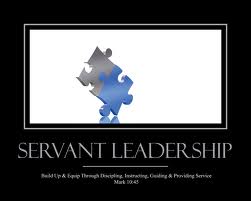 Having watched the Boys & Girls Club of Elgin’s board search for its new leader, I am struck by how important “process” was in making this decision. After all, if you believe that leaders are born and not made, then it becomes fascinating to watch a volunteer board do the following:
Having watched the Boys & Girls Club of Elgin’s board search for its new leader, I am struck by how important “process” was in making this decision. After all, if you believe that leaders are born and not made, then it becomes fascinating to watch a volunteer board do the following:
- identify and recruit an applicant pool,
- develop interview questions designed to tease out an applicant’s leadership skills, and
- ultimately decide who they will hoist above their heads and proclaim their leader.
I am also a believer that leadership is situational. So, I found it interesting to watch this non-profit board decide what their agency needs at this point in time and how they matched those needs up with a variety of different well-qualified candidates.
Do you think leaders are born? Or do you think they are made? Have you seen non-profit organizations go through an executive search? Do you have any observations or best practices to share from that experience? Please use the comment box below to share.
ALSO . . . please use the comment box to welcome Cathy and wish her well. Do you have any good advice about what her first 90 days should look like?
Here’s to your health!
Erik Anderson
Founder & President, The Healthy Non-Profit LLC
www.thehealthynonprofit.com
erik@thehealthynonprofit.com
http://twitter.com/#!/eanderson847
http://www.facebook.com/eanderson847
http://www.linkedin.com/in/erikanderson847


